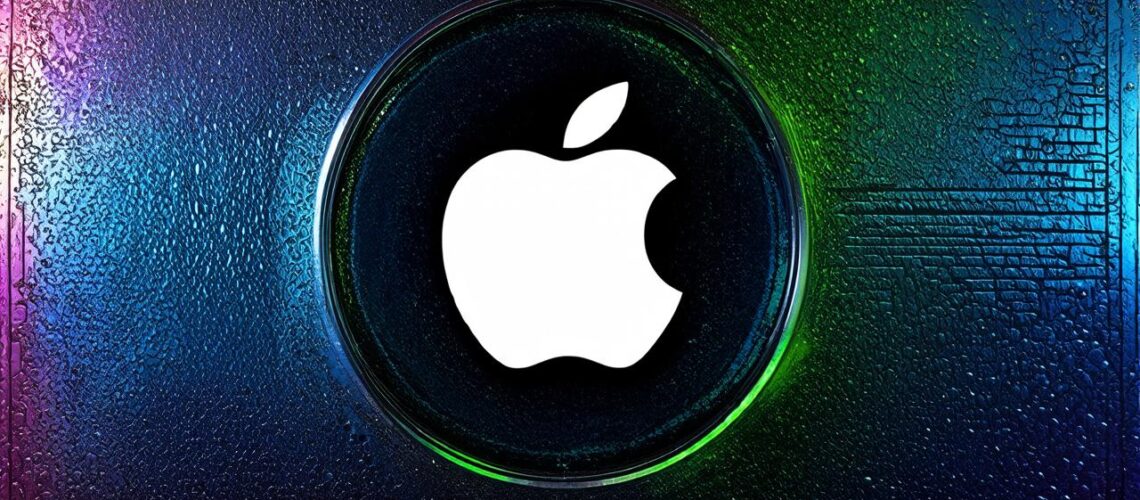When was Apple Inc. founded?

The Early Years of Apple Inc.
Apple Inc. was founded on April 1, 1976, by Steve Jobs, Steve Wozniak, and Ronald Wayne. At the time, personal computers were still in their infancy, and the idea of creating a company focused solely on consumer electronics was considered revolutionary. However, Jobs and Wozniak were determined to make Apple’s vision a reality.
In its early years, Apple focused on developing innovative products that would set it apart from its competitors. The first of these products was the Apple I, which was released in 1976 and featured a cassette tape interface for storage and programming. It was followed by the Apple II, which was introduced in 1977 and became the first mass-produced personal computer with a graphical user interface (GUI).
Apple’s Founders: Steve Jobs, Steve Wozniak, and Ronald Wayne
The founders of Apple Inc. – Steve Jobs, Steve Wozniak, and Ronald Wayne – were all instrumental in shaping the company’s success.

Steve Jobs was the visionary behind Apple’s products and brand. He was responsible for developing the concept of the personal computer and creating the Macintosh computer, which would become one of Apple’s most successful products. Jobs was also instrumental in launching Apple’s foray into consumer electronics, including the iPod, iPhone, and iPad.
Steve Wozniak was the technical genius behind Apple’s early products. He was responsible for developing the hardware and software for the Apple I and II, and played a key role in creating the GUI that would become the standard for personal computers. Wozniak also made significant contributions to the development of Apple’s other iconic products, including the Macintosh computer.
Ronald Wayne was the third founder of Apple Inc., but he left the company after just six months. While he played a minor role in the creation of Apple, his contributions have been largely overshadowed by those of Jobs and Wozniak.
Apple’s Evolution Over Time
As with any successful company, Apple’s evolution over time has been shaped by a number of factors, including technological advancements, changing consumer needs, and the leadership of its founders and CEOs.
In the early 1980s, Apple faced significant challenges due to intense competition from other personal computer manufacturers. However, Jobs’ vision for a more user-friendly computer, combined with Wozniak’s technical expertise, resulted in the development of the Macintosh computer, which featured a graphical user interface (GUI) and became one of the first mass-produced computers to do so.
Throughout the 1990s, Apple continued to evolve and expand its product line. The company introduced the PowerBook laptop, which was a major success in the personal computer market, and the iMac desktop computer, which helped to redefine the desktop computer market with its sleek design and powerful specifications.
In the early 2000s, Apple launched its foray into consumer electronics with the release of the iPod, iPhone, and iPad. These products were designed to be user-friendly and accessible, with a focus on music, communication, and entertainment. The success of these products helped to cement Apple’s position as a leader in the technology industry.
Apple’s Impact on the Technology Industry
Apple Inc.’s impact on the technology industry cannot be overstated. The company has revolutionized the way we think about personal computing, music, communication, and entertainment. From the development of the Macintosh computer to the launch of the iPod, iPhone, and iPad, Apple has consistently pushed the boundaries of what is possible with technology.
Apple’s success has been built on its ability to create products that are not only technologically advanced but also easy to use and aesthetically pleasing. This focus on user experience has helped the company to build a loyal customer base, which in turn has driven its continued growth and success.
In addition to its impact on technology, Apple has had a significant influence on popular culture. The company’s products have become synonymous with style, sophistication, and innovation, and have been featured in countless TV shows, movies, and advertisements. This cultural influence has helped to make Apple’s brand more recognizable and desirable than many of its competitors.
Case Studies: Apple Inc.’s Influence on Businesses
Apple’s impact on businesses is perhaps most evident in the success of its various products and services. From the Macintosh computer to the iPhone, Apple has created products that have helped businesses streamline their operations, improve communication and collaboration, and increase productivity.
Real-Life Examples: Apple Inc.’s Impact on Businesses
One real-life example of Apple’s impact on businesses is the success of the iPad. The tablet computer was introduced in 2010, and since then it has become a popular choice among businesses looking for an affordable and versatile way to provide their employees with access to information and tools.
The iPad’s ability to run a wide range of applications, combined with its portability and long battery life, make it an attractive choice for businesses looking to improve communication and collaboration among their employees. The device has also proven popular among sales teams, who use it to access customer data and presentations on the go.
The Future of Apple Inc.
It is difficult to predict the future of Apple Inc., as the company is constantly evolving and adapting to new technologies and changing consumer needs. However, one thing is certain: Apple will continue to be a major player in the technology industry, with its innovative products and services shaping the way we think about personal computing, music, communication, and entertainment for years to come.
Conclusion
Apple Inc.’s impact on the technology industry cannot be overstated. The company’s ability to create products that are not only technologically advanced but also easy to use and aesthetically pleasing has helped it build a loyal customer base and drive its continued growth and success. From the Macintosh computer to the iPhone, Apple has consistently pushed the boundaries of what is possible with technology, and its influence on popular culture and businesses is perhaps more evident than any other company in the world.